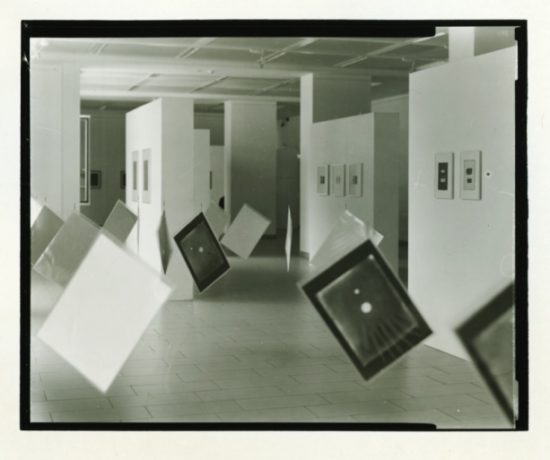Gintautas Trimakas

Gintautas Trimakas (born 1958) is one of the most prominent conceptual photographers in Lithuania. For more than 20 years he has created images using analogue methods such as camera obscura and other photographic processes. Light is the basis of his work. It is both a tool and the object portrayed. Fidelity to analogue techniques engenders self-generated meanings and the unique ability through the use of chemical techniques in silver emulsion to preserve, according to the artist himself, a memory without a memory, or, in other words, a memory of the image, rather than the recognisable reflection. Trimakas engages in a constant dialogue with the format of photography: he adheres to the given, or experiments while refuting it. The serial arrangement of images is characteristic of his work: he creates a breadth and depth of meaning through abundance, as if wanting to harness what is visible. In treating the photographic image as an object or a thing installed in a space, Trimakas engages in the articulation of conception and architectural space. In his earlier work, he explored the creation of an image by capturing the sea, cities, and everyday objects. Recently, he has radically minimised the viewer’s ability to recognise the objects depicted by focusing on the philosophy of cracks, gaps, joint planes, and reflections in his photography.
Trimakas has curated and participated in exhibitions since 1985. He has held almost 20 solo shows in Lithuania, Poland, Germany, and other countries, and has participated in important group shows internationally, including Europa, Europa: The Century of the Avant-Garde in Central and Eastern Europe, Kunst- und Austellungshalle der Bundesrepublic Deutschland (1994, Bonn), and exhibitions at the Museum of Art in Łódź (Poland), the Museum of Photographic Art (Odense, Denmark), the Contemporary Art Centre (Vilnius), and Zamek Ujazdowski (Warsaw).